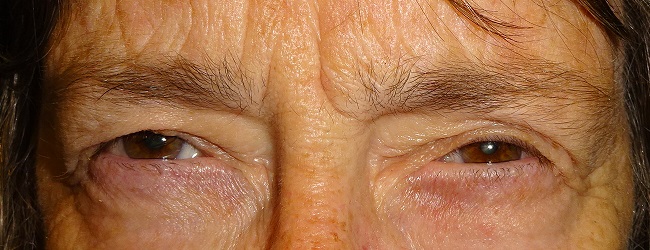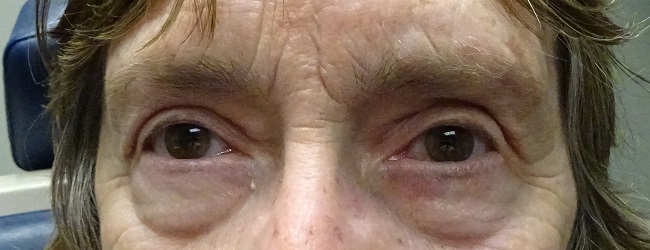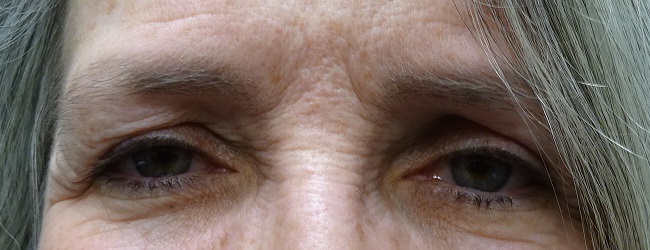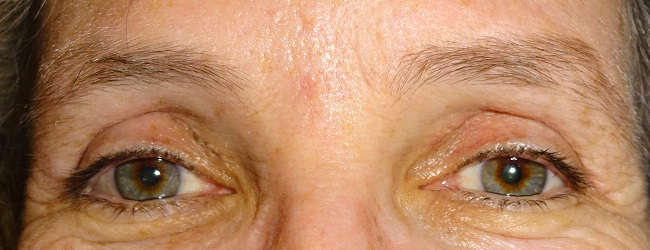Upper Eyelid Blepharoplasty
Complete eye health includes healthy eyes and healthy eyelids. Common eyelid problems include excessive eyelid skin and droopy eyelids (ptosis). Ptosis can cause eye discomfort, limit vision, and affect appearance. Fortunately, it can be identified and corrected appropriately. This is often covered by medical insurance if the symptoms are affecting your lifestyle. Surgery to improve the appearance of the eyelids is called blepharoplasty. The goal of the procedure is to remove extra skin, muscle, and fat to achieve a more youthful appearance. Early in Dr. Doxanas’ career he recognized the role of the eyebrows which accentuates upper eyelid abnormalities. Failure to recognize eyebrow changes compromised surgical results. As such, the eyebrows and the eyelids are considered as a functional unit. Anatomic studies have identified the eyebrow fat pad in the lateral 2/3 of the brow as an important factor in brow contour and fullness. Patients with prominent low-set brows generally have a more pronounced brow fat pad. As such, the transeyelid brow elevation procedure was developed. In conjunction with a standard blepharoplasty, and through the same eyelid crease incision, the brow is addressed. Dissection is carried above to the eyebrow allowing debulking or sculpting of the brow fat pad and elevation. A second or separate procedure for brow elevation are therefore avoided. This combined procedure is a much more efficient means of brow elevation, much less expensive, and less invasive than the standard option. Attention to the eyebrow position will result in a more youthful and permanent result.
Before: 
After: 
Before: 
After: 
Dr. Doxanas is a Board certified ophthalmologist with a special interest in eyelid surgery. Fellowship trained in eyelid surgery, he is also certified by the American Society of Ophthalmic Plastic and Reconstructive Surgery. Practicing for over thirty years, he specializes not only in the functional, but cosmetic anomalies of the eyelids. Pioneering new approaches to eyelid surgery, he wrote a book, Clinical Orbital Anatomy and contributed approximately 40 additional scientific articles and chapters, most of which are related to eyelid abnormalities.



